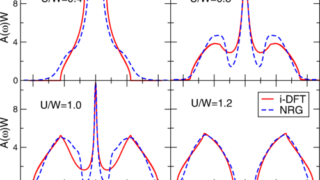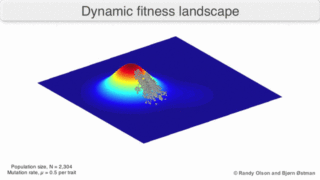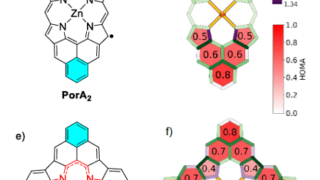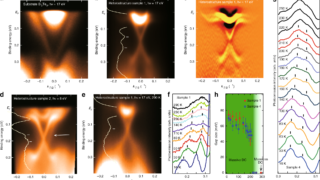
An ocean like no other: the Southern Ocean’s ecological richness and significance for global climate
Authors: Ceridwen Fraser, Associate professor, University of Otago; Christina Hulbe, Professor and Dean of the School of Surveying (glaciology specialisation), University of Otago; Craig Stevens, Associate Professor in Ocean Physics, National Institute of Water and Atmospheric Research, and Huw Griffiths, Marine Biogeographer, British Antarctic Survey In 2018, a map named after an oceanographer went viral […]








